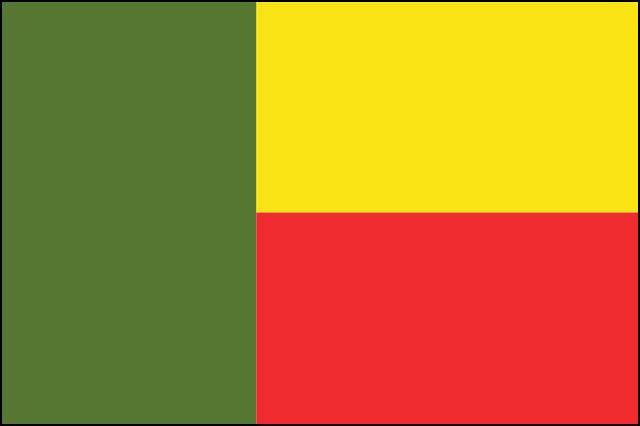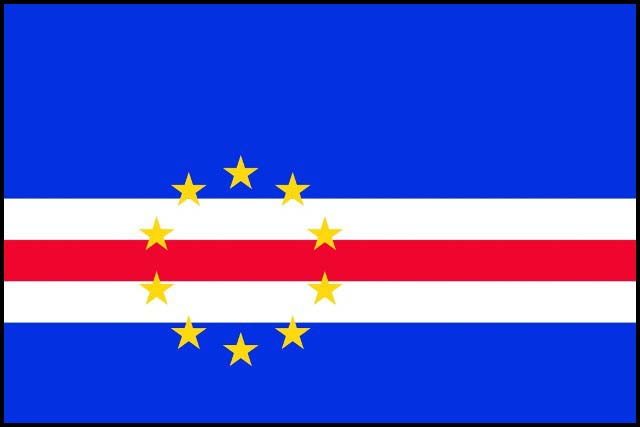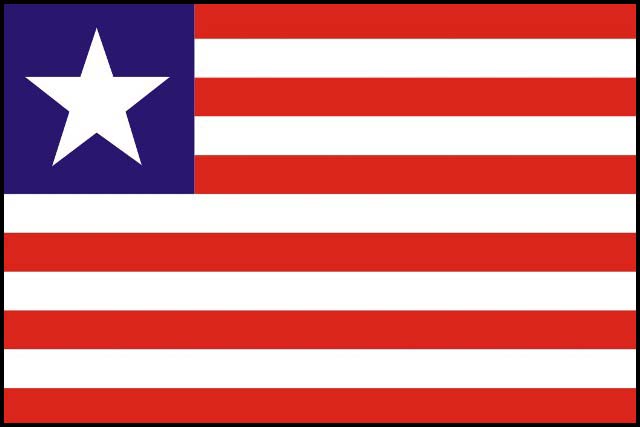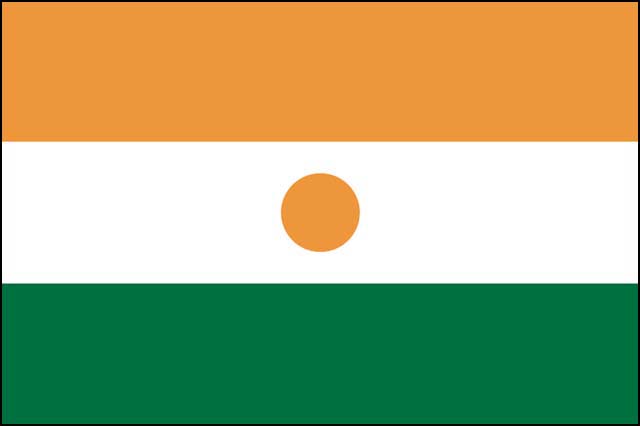The Gambia
Overview of the country
The Republic of The Gambia, located on the West African coast, stretches some 480 km inland from west to east on either side of the River Gambia, varies in width from 48 km in the estuary of the river to 24 km inland. It lies between latitude 13028'N and longitude 16034'W, and the ecology is predominantly drought Sahelian shrub-land. The country is surrounded to the north, south, and east by the Republic of Senegal and to the west with a short Atlantic Ocean coastline. The River Gambia runs the entire length of the country from the Fouta Djallon highlands in Guinea Conakry to the Atlantic Ocean, dividing the country’s land area of about 10,689 km2 into two halves: North and South Banks.
The economy is predominantly based on rain-fed subsistence agriculture, which is the main source of livelihood for the majority of the population , and government’s Agriculture and Natural Resources Policy (ANRP, 2017-2026) is premised on the creation of a market-led, commercialized dynamic agriculture sector that is efficient, competitive and consistent with the National Development Plan (NDP, 2018-2021). The prognoses of production, employment, factor productivities, utilization rate of local raw materials, value-added activities and sources of growth of output embody the objectives of the policy to deliver a market driven economy. The draft policy expected value addition in agriculture to grow at 6.14 percent per annum in the period 2017-2026 and this will be largely compelled by crops (including vegetables and fruits), livestock and fisheries sub-sectors. Total employment in the sector is predicted to grow at a rate of 12.67percent per annum through expansion of agro-based industrial development and appropriate mechanization of crop production. This will enable industrial development to absorb larger portion of available youthful labour force.
The population of The Gambia is estimated at 1.9 million, with an annual growth rate of 3.3 percent (GBoS, 2013). About 40 percent of the population live in rural areas, and women constitute 51 percent. The high fertility level of 5.4 births per woman has resulted in a very youthful population structure. Forty-two percent of the country’s residents are below age 15, and about 22 percent are between age 15 and age 24. Over 70 percent of the population is below 30 years of age and about 59.6percent of the population lived in urban areas in 2015, which was a substantial increase from the 28.4 percent recorded in 1980.
Political, economic and social context of the country
-
Political context
The Gambia gained independence from Britain in 1965 and became a republic in 1970. The Gambia runs a Presidential system of governance with a five year mandate. It has a National Assembly comprising of elected representatives drawn from constituted electoral constituencies. The Judiciary is headed by the Chief Justice.
The Gambia is in its second republic with preparation to usher in a third Republic following the defeat of the APRC government in December 2016. This is followed by the launching of a transitional justice agenda among which is the drafting of a new constitution which shall be subjected to referendum in 2020.
The Gambia is a member of various international, regional and sub-regional organizations such as the United Nations, the Organization of Islamic Countries, the Commonwealth of Nations, the African Union, the ECOWAS, the OMVG and host of others.
-
Economic context
The Gambia’s GDP at current prices using the new 2013 base year, stands at GMD 49.2 billion equivalent to slightly above USD1 billion (exchange rate at GMD48.50 per USD) in 2018. Between the period 1999 and 2018, the real GDP growth fluctuated substantially and reached 5.4 percent in 2018 from 3.5 percent in 2017. Largely attributed to this GDP growth trend was associated with services (including tourism, trade, financial and insurance) that expanded by 10 percent in 2018. In addition, the robust growth in transport, construction, and telecommunications also supported the GDP growth. Regardless of the positive GDP growth, only USD483 was the GDP per capita of the country in 2017 which was just one-third of the Sub-Saharan average of USD1,553 and far less than 4 percent of the world’s average. Inflation decreased to an estimated 6.2 percent in 2018 from 8 percent in 2017. The local currency the Gambian Dalasi (GMD) remained stable with increasing gross international reserves slightly reaching 3.1 months in 2018 from 2.9 months in 2017.These successes were underpinned by the emerging fiscal discipline embarked upon by the new government and sustained by increased financial assistance from development partners.
Services, Agriculture and Industrial Sectors are the main drivers of the Gambian economic growth. The services sector contributed 58 and 61 percent of the GDP in 2013 and 2017 respectively. This was followed by the agriculture sector which contributed 26 percent (2013), 23 percent (2014), 22 percent (2015 and 2016 each) and 21 percent (2017). Agriculture is predominantly subsistence with groundnuts being the main cash crop. The Industrial Sector, in the same period, contributed 12 to 17 percent to the nation’s economy. In addition, the Fisheries and Aquaculture Sector contributes about 5 percent to GDP signifying its importance for food security and export earnings while wholesale and retail trade also contributes an average of 25 percent of GDP during the same period, reflecting the importance of re-exports trade to The Gambian economy. The tourism sector has contributed approximately 20 percent of GDP in 2016 and has been the largest foreign exchange earner. However, over the years remittances and international aid have played an important role in sustaining the economy. The Gambian economy’s main features are its small size, narrow market and limited diversification depending mainly on services (tourism and re-export trade) and agriculture. It also has a small export base, with groundnuts, cashew, mangoes, and fish as the main agricultural and natural resources export commodities.
-
Social context
The national poverty rate was recorded at 48.65 percent using the less than USD1.25 per person per day, and 8 percent of them are considered food insecure. There was a rising rural poverty (from 64 percent in 2010 to 70 percent in 2015), and a growing gap between rural and urban areas with regards to access to markets. The country was rated 35.9 on the Gini Index in 2015, indicating a high prevalence of income inequality. While the proportion of households living below the poverty line is 31.6 percent in urban areas, rural poverty was on the increase, as 60 percent of rural households considered living in poverty in 2003 have increased to 62.1 percent in 2010 and to 69 percent in 2016 (IHS report 2016). The rural areas accounts for about 42.2 per cent of the country’s population, but they hold 60 per cent of its poor.
Food insecurity disproportionately distresses households, affecting mainly those residing in rural areas. The last Comprehensive Food Security and Vulnerability Analysis (CFSVA) revealed that food insecurity has increased to about 5.6 percent since 2011. Rural regions were found to have the highest number of food-insecure households in the country, ranging 12 to 18 percent of households. With declining productivity over the years. the country’s rural population faces higher prevalence of food insecurity. Nonetheless, agriculture has a key role in helping achieve Government’s objectives for economic growth and development. Promoting growth and employment in The Gambia must reflect development of the agriculture sector.
Agro-sylvo-pastoral and fishery sector
Agriculture is one of the main drivers of Gambia’s GDP growth and source of livelihood for 72 per cent of the population. The sector is characterized by low commercialization as 62 percent of farm households produce for only self-consumption, 34 percent produce for both self-consumption and commercial sale, leaving only 4 percent of households producing purely for commercial sale. There is very limited value addition and there exist few formal private sector enterprises in agribusiness. Local agricultural products are largely marketed through informal channels, in contrast to organized large-scale imported products (rice).
Gambia’s agriculture is relatively un diversified, mainly smallholder-based and characterized by rain-fed subsistence crop production. The main crops are groundnuts, rice, millet, maize sorghum, and cashew; as well as more intensive cultivation of fruits and vegetables. Fruits and vegetable production predominate in the Western Region of the Country and the western fringes of NBR, while groundnuts and early millet are the basis of the local economy in the rest of the country.
The main Crops are groundnuts, rice, maize, millet and horticultural products.
Groundnut is the main traditional cash crop and contributes 7 percent of the GDP employing over 150,000 farmers realizing a total production of 109,780 MT in 2017.
Millet and Maize play critical roles in traditional household food and nutrition security among Gambian families, with huge potentials for food import substitution. Both commodities are drought resistant with great potentials to increase, on a sustainable basis, the income of rural producers, entrepreneurs (actors) that are engaged in the production, processing, storage, and marketing.
Horticulture (fruits and vegetables) The horticulture sub-sector contributes 4.2 percent of the National GDP. Vegetable production is mainly dominated by women, who traditionally produce the crop on smallholder plots within communal gardens. Mango is the largest economic fruit in The Gambia, with estimated production levels steadily growing from 25,000 Mt in 1998 to over 60,000 Mt in 2018; and 40 percent of the produce being currently commercialized.
Additional information
Rice is the major staple and food security crop in Gambia.














